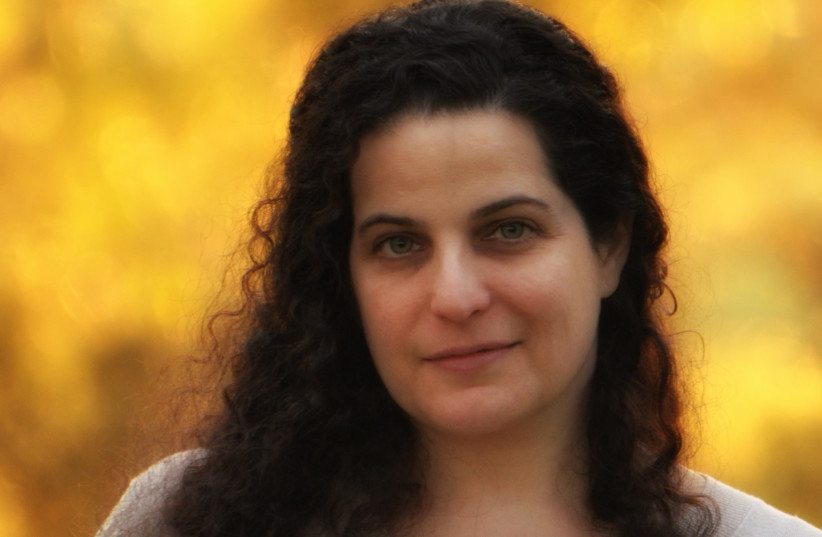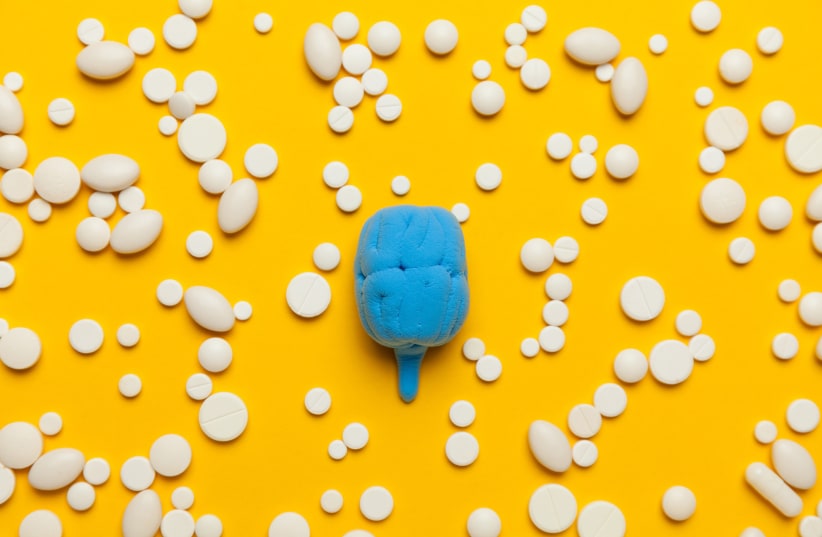Daydreaming is perceived as a relaxing, almost magical time, which invites good ideas and pleasant fantasies. Yet many people immerse themselves in these dreams for long hours, which can affect their workspace functioning and social relationships. These people are now thought to have ADHD, but the truth is that their condition is different and more complex.
Maladaptive daydreaming is when people slide into very detailed and realistic daydreams which last for hours at the cost of normal functioning, making connections in the real world, ability to do tasks and fulfilling life goals. Dr. Nirit Soffer-Dudek from the Laboratory of Consciousness and Psychopathology at the Department of Psychology at Ben-Gurion University of the Negev and an international expert on this subject believes that in many cases, "maladaptive daydreaming" may be a better diagnosis than ADHD.
Although it hasn’t been officially recognized as an official psychiatric syndrome, Soffer-Dudek is promoting awareness of the definition of "maladaptive daydreaming" and have it included in the next edition of the Diagnostic and Statistical Manual of Mental Disorders (DSM 6) as a diagnosis that needs to be further investigated. The study results from her lab, in collaboration with the University of Haifa, were recently published in the journal Journal of Clinical Psychology.
"Some people who are addicted to their imaginary daydreams have great difficulty concentrating and focusing on academic and occupational tasks," said Soffer-Dudek. She added that these people often find that a diagnosis of ADHD with a treatment plan doesn’t help them. "An official classification of 'maladaptive daydreaming' as a mental disorder will allow clinicians to better assist many of their patients," she explained.
Depression, loneliness and low self-esteem

Previous studies have found high percentages of ADHD in those who identified themselves as suffering from maladaptive daydreaming, thus raising the question of whether the new diagnosis is really separate from ADHD. In the current study, doctoral student Nitzan Theodor-Katz, together with Dr. Soffer-Dudek and colleagues at the University of Haifa, examined 83 adults diagnosed with ADHD. Participants who passed the study threshold score for maladaptive daydreaming, about half of the total subjects, were invited to participate in a structured diagnostic interview.
It was found that about 20% of the study sample met the criteria for maladaptive daydreaming, which has unique clinical characteristics, while about 80% suffered only from ADHD with normative daydreaming.
The subgroup with maladaptivve daydreaming had significantly higher rates of depression, loneliness, and low self-esteem, compared with those with ADHD who didn’t meet the criteria for maladaptive daydreaming, even though the two groups didn’t differ in their severity of attention deficit disorder.
"Our findings suggest that there’s a subset of people diagnosed with ADHD who may benefit more from a diagnosis of 'maladaptive daydreaming'. ADHD seems to be only a small part of a more general problem they have," she concluded.
